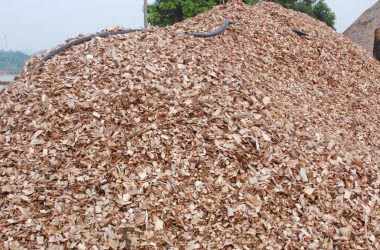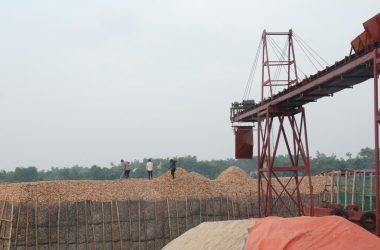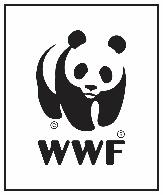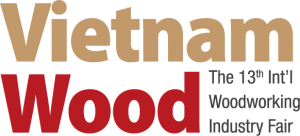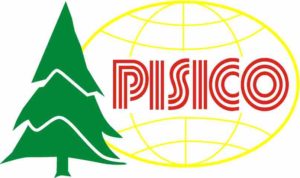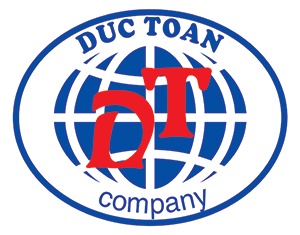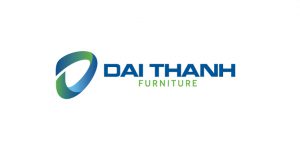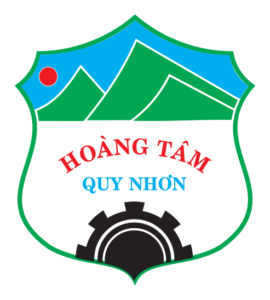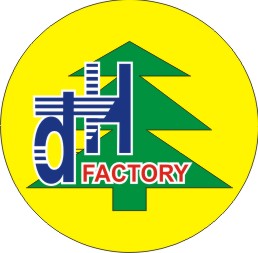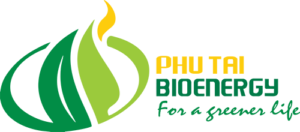Ensuring the traceability of legality along the entire timber supply chain involves “using legal wood sources, certified with chain of custody (CoC) management” (Viet Nam Forestry Development Strategy for the 2021-2030 period, with a vision to 2050). To address some outstanding issues, the Government of Viet Nam updated the legal framework governing its timber legality assurance system (TLAS). Decree No. 120/2024/ND-CP (Decree 120) came into effect on 15 November 2024, amending and supplementing a number of articles of Decree No. 102/2020/ND-CP (Decree 102). The new contents are aligned with the Voluntary Partnership Agreement (VPA) between Viet Nam and the European Union (EU) on Forest Law Enforcement, Governance, and Trade (FLEGT) and the Agreement between the Government of the Socialist Republic of Viet Nam and the Government of the United States of America on Illegal Logging and Trade.
This policy brief summarises key updates for the Vietnamese TLAS and its impacts on the sector. It also highlights some challenges recognised by different stakeholders and emphasises approaches to address these in different fora.
New contents of Decree 120
Management of imported timber
- The sequence for publishing the list of timber species imported into Viet Nam has increased from six months to one year, before 31 December every year.
- Cases have been added where a country or territory is considered a non-positive geographical region. This is a country or territory that meets the criteria for a positive geographical region as specified in Clause 1 of Article 5, but where there is evidence of illegal timber harvesting, illegal timber trade, or the use of fraudulent documents in accordance with the legal regulations of relevant countries.
- Form No. 01 (packing list of imported timber), Form No. 02 (packing list of imported timber products) and Form No. 03 (self-declaration of origin of imported timber) of Appendix I of Decree 102 have been combined into a new Form No. 01. (packing list of imported timber) of Appendix I of Decree 120. The following has also been added:
-Detailed regulations on determining the country and territory of export for declaring information (Section 11).
-Regulations on complex timber products that contain at-risk timber species: information must be declared for these species.
-Information about the country and territory of harvest in the details section (Sections 12 and 13).
-Regulations on declarations in section D of Form No. 01 for timber that is (i) from low-risk species and positive geographical regions, and (ii) from high-risk timber species or non-positive geographical regions to increase the due diligence of all timber importers.
-Regulations have been supplemented so that, after completing customs clearance procedures, the customs office shall return the paper-based dossiers of imported timber to the timber owners for archiving to serve the inspection and traceability of timber origin by authorities, when necessary.
Management of exported timber
- The subject of timber origin verification should be adjusted before export so that it does not discriminate against the market. Accordingly, the regulation “[a] timber shipment originating from domestic plantation forests exported to markets outside the EU do not need verification” should be removed.
- The customs office shall return the paper-based dossiers of exported timber to the timber owners for archiving after completing customs procedures to serve the inspection and traceability of timber origin by the authorities, when necessary.
Enterprise classification system
- ECS subjects have been added. These include enterprises engaged in forest plantation, harvesting and supplying planted timber, timber processing, timber import, and timber export.
- The subsequent classification for Group-I enterprises has been changed from every year to every two years.
- Cases have been added where enterprises are moved from Group I to Group II: (i) Where re-classification dossiers have not been submitted within 30 days. (ii) Where an incorrect declaration of information has been detected.
Amending and supplementing the definition of legal timber
- Confiscated timber has been discarded from the definition. This means that confiscated timber is not put into commercial use. Currently, confiscated timber is governed by Decree No. 29/2018/ND-CP concerning the procedures for establishing state ownership of assets and for handling assets under state ownership.
- The definition has been amended so that legal timber will comply with national laws of the country or territory where timber is harvested, transited, and exported to Viet Nam.
- The phrase “timber type” has been replaced with “timber species”. This is important to ensure the clarity of language and address shortcomings which occurred during the implementation of Decree 102.
FLEGT licensing
- Regulations have been eliminated on granting FLEGT licenses for temporarily imported and re-exported timber shipments and confiscated timber. This means that temporarily imported and re-exported timber and confiscated timber are not subject to FLEGT licensing.
Project “Support to the Implementation of FLEGT VPA in Viet Nam”






